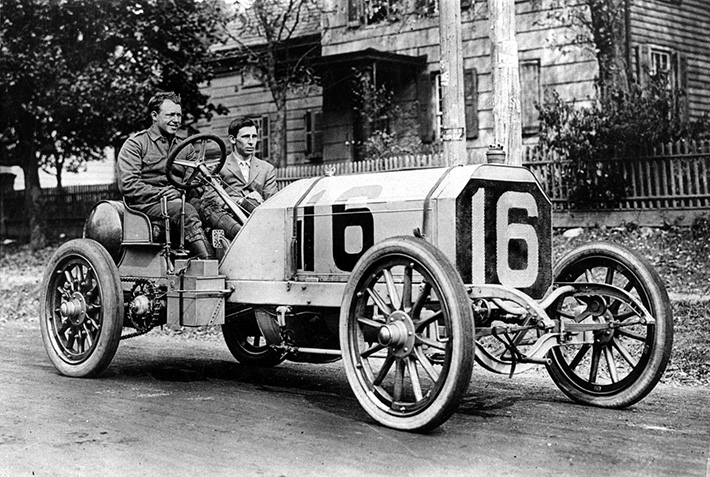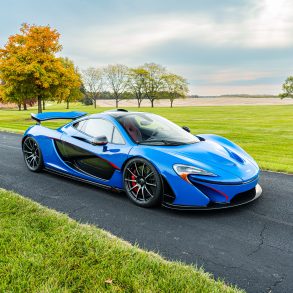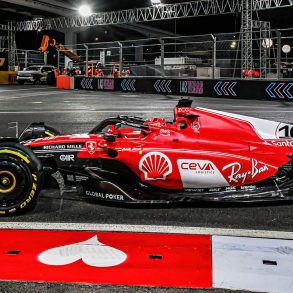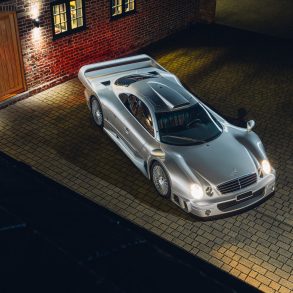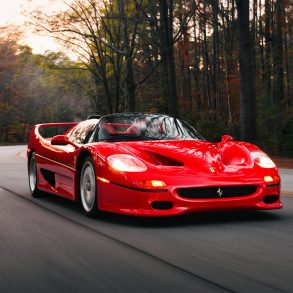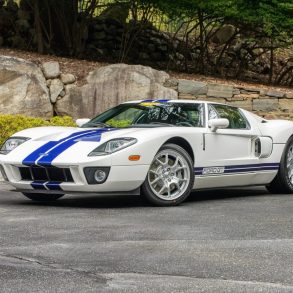Locomobile Type 1906
Car: Locomobile Type 1906 / Engine: 4 Cylinder / Maker: Locomobile / Bore X Stroke: 177.8 mm X 177.8 mm / Year: 1906 / Capacity: 17,657 cc / Class: Grand Prix / Power: 90 bhp at 1,050 rpm / Wheelbase: 112 inches / Track: Front: 53.2 inches Rear: 53.2 inches

The Locomobile Company’s first cars were steam carriages, modeled after the highly successful Stanley Steamers, developed by the Stanley brothers in Watertown, Massachusetts. But steam cars were inconvenient for touring as their water tanks had to be refilled every 15 to 20 miles. Boilers frequently burned out, and there was always the danger of an explosion. Locomobile officials decided to explore the gasoline engine, and in January 1902 they turned to a young inventive genius, Andrew Lawrence Riker, who proceeded to design and build Locomobile’s first gasoline car.
Designing motor vehicles was nothing new to Riker who, at the age of 14, constructed his first electric motor vehicle in the basement of his family’s home in New York City. The Riker Electric Vehicle Company, which he founded in 1889, became one of the country’s largest manufacturers of electric cars and trucks.
In the summer of 1902, under Riker’s direction, Locomobile began building two- and four-cylinder cars. The cars quickly became known for their power, speed, and reliability. The company’s claim that the Locomobile was “the best built car in America” was no idle boast. Its engine base and gear case were of manganese bronze. Its chassis was of heat-treated steel. Every motor was tested before it was placed in the chassis and a record was made of the horsepower test. Every chassis was road-tested several hundred miles. Production was limited to “Four Cars a Day,” the company’s motto.
Encouraged by their third place finish in the epic 1905 Vanderbilt, the Locomobile Company of America proceeded to build a pair of sixteen-liter racing cars for the 1906 event. The two new Locomobiles immediately justified their $40,000 cost by hitting nearly 110 mph on their first outing and displaying excellent controllability. It seemed at last that America might have a car that could beat the Europeans at their own game.
During the race their lead driver was hobbled by the lack of removable rims as Joe Tracy and his mechanic, Al Poole, had to change a heartbreaking total of eleven tires on the Locomobile – all by hand, and on several occasions with the limited tools carried on the car. The two 1906 cars were modified with a new transmission and removable rims were now mounted on all four wheels. All manner of tires had been raced and experimented with since the previous Vanderbilt, and Riker had decided that one car would be fitted with Diamond, the other with Michelin tires.



